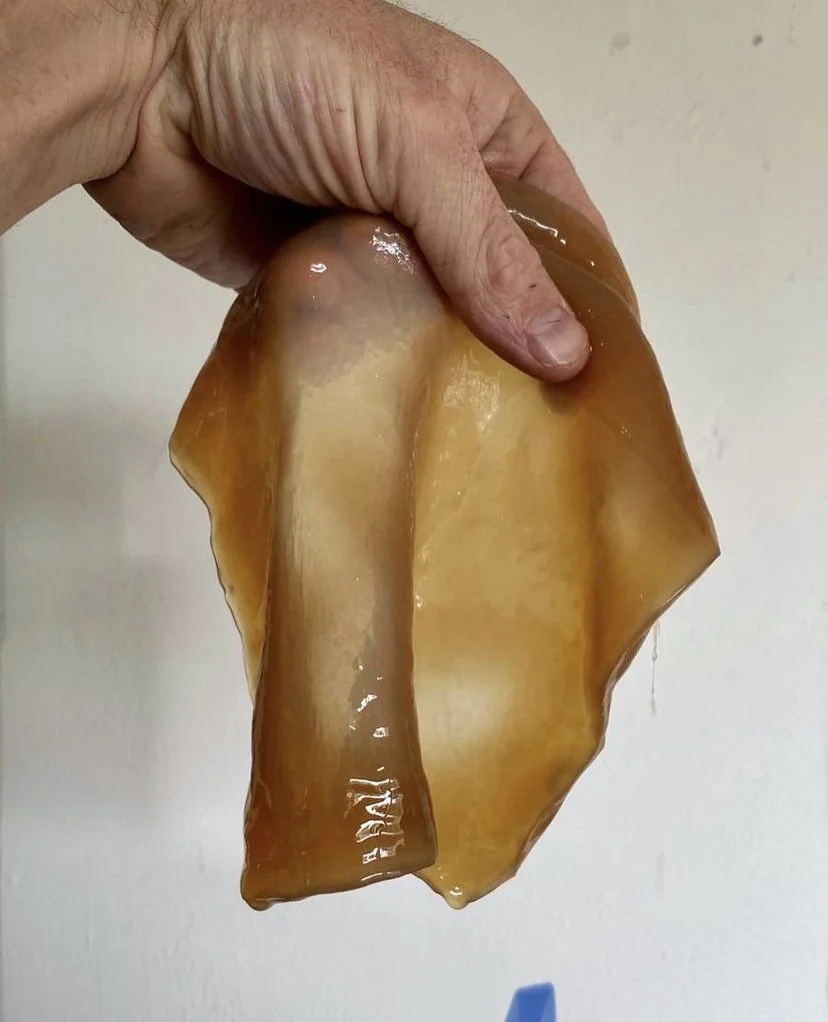bREad vinegar
by James Lang from Lille Bakery
INGREDIENTS
- 2000g Stale bread. Any leftover sourdough bread. A mixture of different breads will add more complex flavours, especially wholegrain.
- 3000g boiling water.
- 120g sugar. This feeds the yeast and promotes fermentation.
METHOD
Tear the bread into small pieces. Soak in the boiling water overnight with a lid covering. Leave at room temperature for 3 days, then strain thoroughly so you’re left with the bread liquid.
Dissolve the sugar into the bread liquid, then transfer into a clean glass container with a water lock - this allows airflow which enables wild yeast to settle on the mixture.
Stir the mixture daily. After a few days you should notice bubbling, which indicates fermentation. This process can take up to a few weeks depending on the temp and the wild yeast content in your environment.
Once the bubbling slows down significantly you will now have a liquid that's on its way to becoming vinegar. Add some unpasteurised vinegar with a mother to the liquid. Let it sit in a warm, dark place.
Over the next few weeks to months, acetic acid bacteria will convert the alcohol (produced during the initial fermentation) into acetic acid, turning it into vinegar. Smell and taste the vinegar throughout the process. When it reaches the desired level of acidity and flavour, transfer it to a bottle with a tight-sealing cap or cork. It’s now ready for use!

